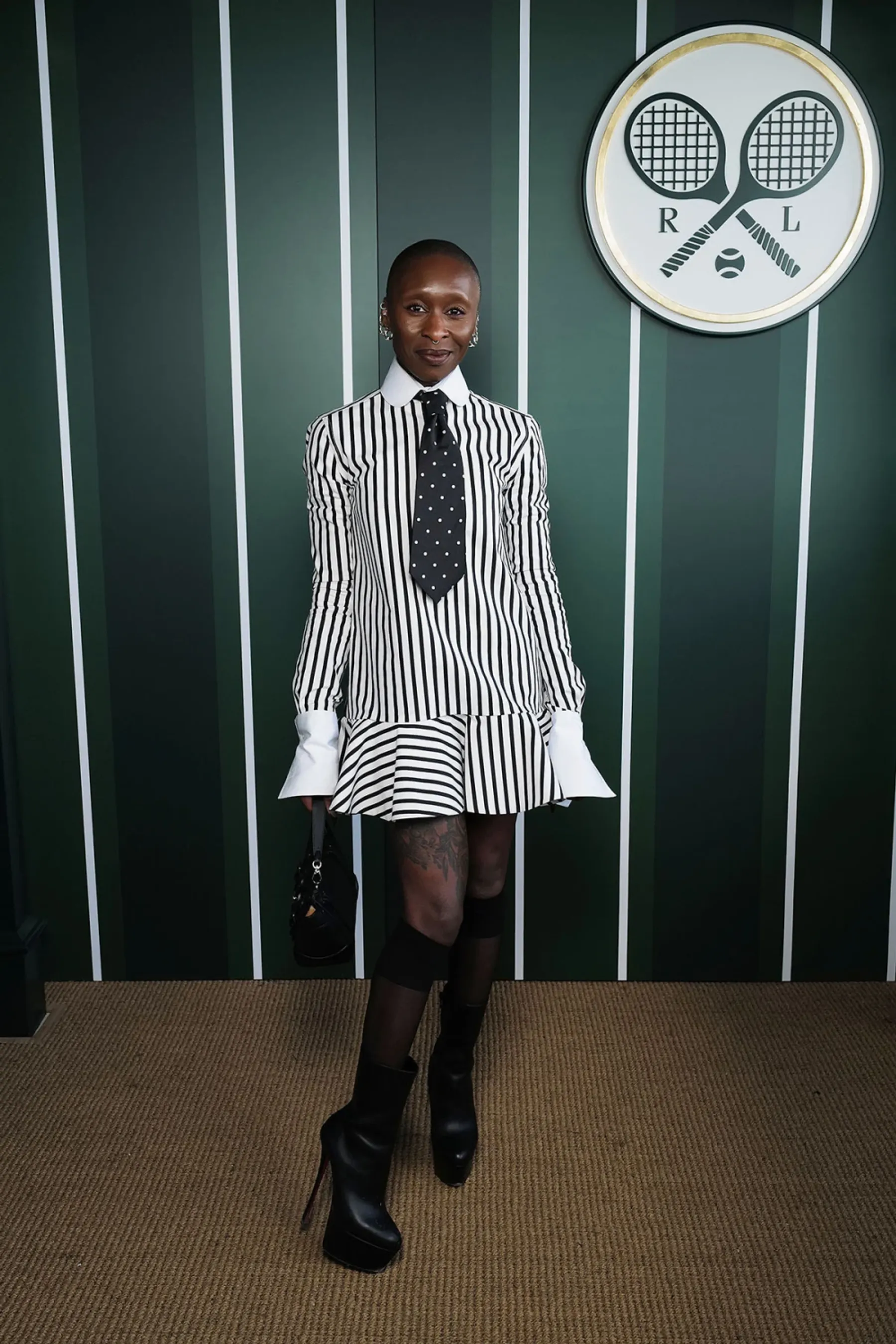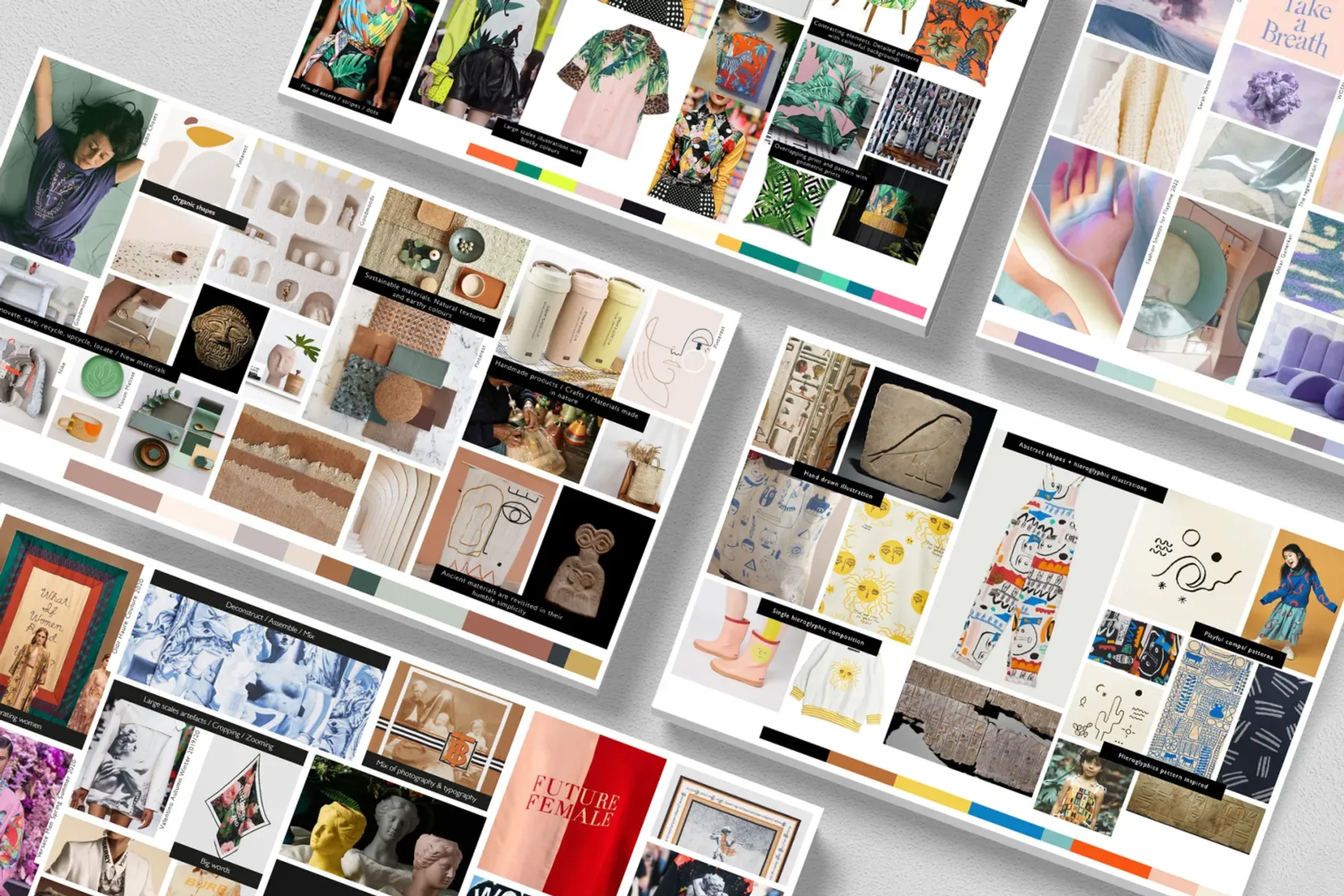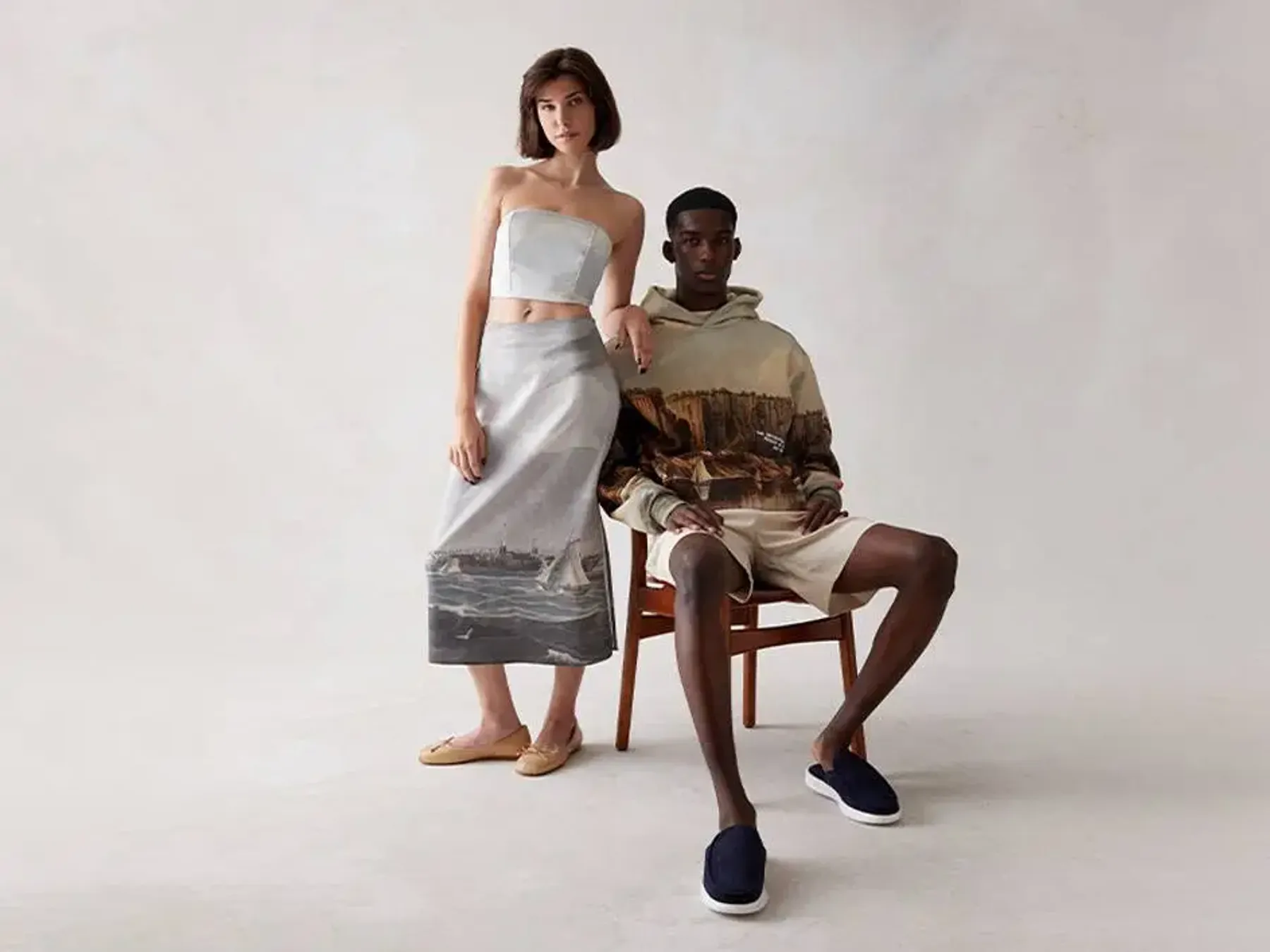Why Heritage Licensing Secrets Work For Sports Brands
The smartest brand expansion leaders look inside their category for inspiration… BUT they cross-pollinate. They borrow from sectors with better systems, deeper cultural capital, or more commercial clarity.
That’s exactly how fashion brands like Ralph Lauren built billion-dollar licensing machines. They took inspiration from the culture of success at universities like Oxford and Cambridge, translated prestige into lifestyle stories and built a consumer product empire.
It worked. Because heritage is a transferable asset when packaged the right way.
But it’s the 2020’s not the 1960’s. Now sports brands, once the inspiration, are now reclaiming their heritage. They’re taking a page from the fashion playbook and unlocking the full commercial potential of their stories.
At Skew, we work at the intersection of entertainment, sport, culture and heritage. We’re seeing a clear pattern emerge and it’s one that brand licensing professionals can act on right now.
The problem: Siloed thinking is holding back growth
Let’s be honest. Licensing is too often divided by category. You’ve got the “heritage” people. You’ve got the “sports” people. And you’ve got the “entertainment” people.
But many of the challenges are the same:
- How do you translate a legacy into a fresh, credible product story?
- How do you reduce risk for partners while keeping the brand distinctive?
- How do you scale quickly without losing control?
If you only look within your own category for answers, you’ll keep reinventing the wheel.
The opportunity: What sports and heritage learn from each other
Here’s what we’ve observed:
1. Heritage creates instant aspiration
The Oxford–Cambridge Boat Race may not have invented inter-university sport but it helped create a blueprint for how prestige institutions could use competition to project cultural authority. The dark blue of Oxford and the light blue of Cambridge became commercial assets, not just team colours. Today, both universities run sophisticated trademark licensing programmes—covering visual assets, museum collections, even botanic gardens—with revenues that flow back into sport and culture.
2. Collegiate unlocks growth through licensing
American collegiate sport took this idea and scaled it. UCLA kicked off the first known collegiate licensing deal in the 1970s. Bill Battle’s CLC turned it into an industry before being acquired for over $100m by IMG. Today, collegiate licensing in the US generates $7.67 billion annually.
3. Brands take another path and appropriate sports heritage
Parallel from the 1960’s, fashion brands like Polo Ralph Lauren successfully appropriated sporting heritage to build aspirational narratives. Their success was built on aesthetics borrowed from polo, tennis, and golf—often without any authentic connection.
Now, sports institutions are reasserting control.
Bringing it all together are brands like Wimbledon’s AELTC. They are now reducing licensing out and bringing production in-house for some key categories. As Daniel Ashmore, head of retail, merchandise and licensing at the All England Club, told FashionUnited “We design and source in-house, we’re not working with licensees, we are working with in-house expertise to put the collection together.”
A related shift is well under way with clubs and institutions pulling Licesning from the big sports brands for lifestyle categories and going direct to consumer with e-commerce deals with the likes of Fanatics.

The art world is doing it too—and sports can learn from that
It’s not just fashion brands that have borrowed from heritage. The art and design world has long done the same - Liberty, Sanderson, and the crafts movement led the way. But now, the relationship between inspiration and origin is shifting.
Artists’ estates, foundations, and cultural institutions - once passively inspiring - are now asserting themselves commercially. Think of McQueen and Westwood drawing from art history but now the V&A, TheMet and The British Museum all licensing under their own names. These are no longer just background references. They’re brand stories, and they’re selling.
This is parallel to what’s happening in sport. Where once lifestyle brands built cachet from borrowed tradition, now sports institutions are taking control. Where heritage institutions were once a designers source book, they’re now leading with their own narrative.
In both cases, it’s the same pattern: the originators are monetising the cultural capital they once gave away for free.

Practical takeaways for brand expansion leaders
If you’re in sports, heritage, or entertainment licensing, here’s what to think about:
- Look sideways. Don’t just benchmark your direct rivals. Look at who’s solving the same structural problems better.
- Package your past. Treat your visual identity and cultural history as ownable brand assets.
- Systematise early. Pre-approved design assets, simplified processes, and clear licensing tiers make it easier for partners to say yes.
- Own your angle. Stop inspiring others. Lead yourself. Build product stories that come from the brand, not about it.

The Skew method: Where we start
Our project with The R&A is a good example. We began with the museum. We asked: what stories have been underused? What design language already exists in the archive? What history can be commercialised in a way that's authentic?
From there we had a behind the scenes tour of The Royal and Ancient Golf Club of St Andrews clubhouse, drawing inspiration from everything from the interiors to the culture seeping from the very walls of the place.
We don’t treat immersions in history and heritage as admin. We treat it as brand storytelling.
What have learned?
Sport and heritage are not separate categories. They’re entwined. And they always have been. From the Boat Race to Wimbledon to the FA Cup, sport is cultural heritage.
Fashion brands saw that before the institutions did. Now, the institutions are catching up—and taking control.
If you lead licensing, brand extension, or creative strategy in a sports or heritage organisation, ask yourself: what are you leaving on the table?
Could your institution do what Ralph Lauren did—but better, because it’s yours?
And more importantly - what sector could you learn from next?





